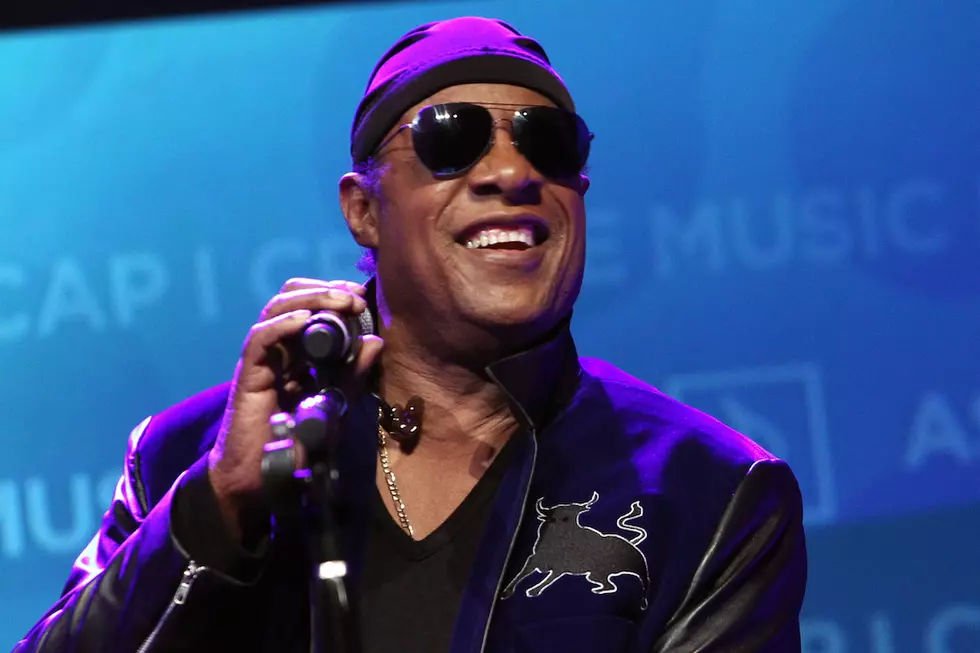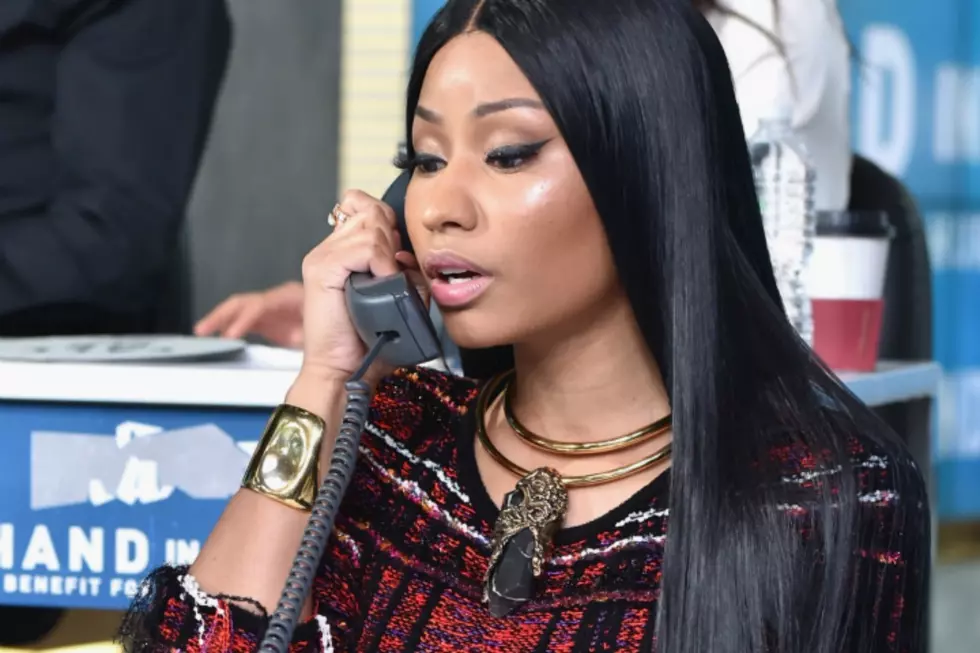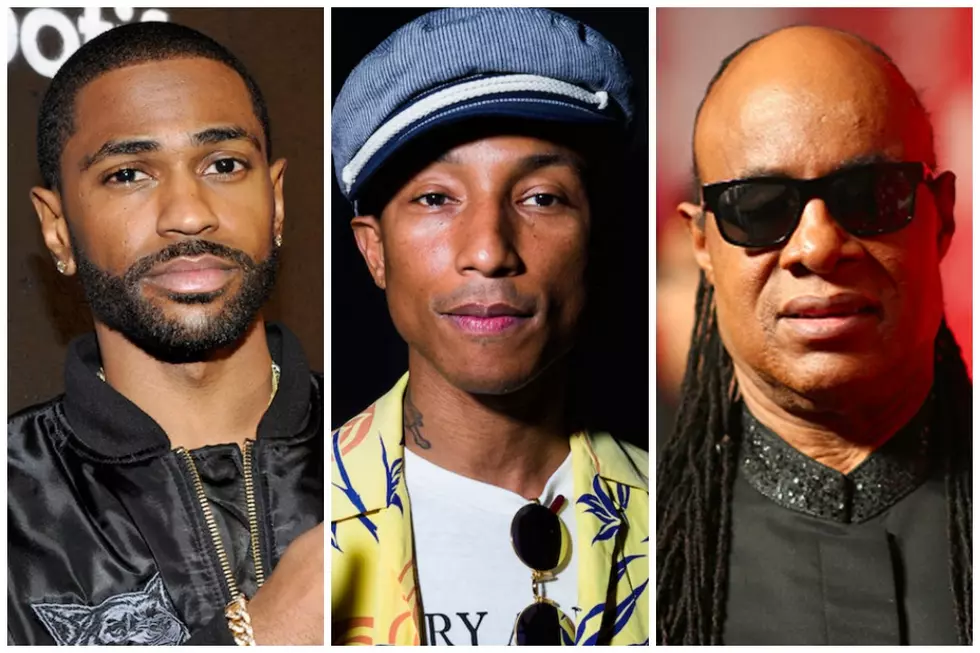52 Years Ago: Stevie Wonder Releases ‘Fingertips’
In the spring of 1963, few people had even heard of "Little" Stevie Wonder -- and based on pop chart history, neither live cuts nor instrumentals were exactly safe bets when it came to choosing singles. But none of that mattered once the world heard "Fingertips" on May 21, 1963.
Wonder's fans were already familiar with the studio version of the song, which was released as part of his debut LP, The Jazz Soul of Little Stevie, in the fall of 1962. But a lot had changed since then -- both in terms of priorities at Wonder's label, the Motown imprint Tamla, as well as with the song itself. Composed by Wonder's co-producers Clarence Paul and Henry Cosby, it initially served as a showcase for his bongo skills, and included a rather polite flute solo from which the song took its name. However, even before Jazz Soul arrived in stores, the arrangement evolved.
The metamorphosis took place in the summer of 1962, when Wonder joined the Motown Revue for a series of live dates designed to showcase the label's talent. While he was far from Motown's biggest star, there was an undeniable appeal to the sight of a 12-year-old -- and a blind one at that -- exhibiting so much instrumental skill in a live setting, and Wonder's handlers knew no one stood to lose from shining a brighter spotlight on a performer whose gifts had barely been tapped during his early studio sessions.
Label owner and producer Berry Gordy heard "Fingertips" transform months later, as he reviewed tapes from the Motown Revue tour. During one particular performance in June of '62, he noticed that not only had the arrangement been overhauled -- it now rested on a brilliant harmonica solo from Wonder -- but that "Little Stevie" himself had been reinvented as a scene-stealing, crowd-frenzying, band-exhausting performer worthy of his surname.
Wonder's lengthy take on "Fingertips" during this particular show included plenty of room for improvisation -- including a bit of "Mary Had a Little Lamb" during one particularly playful moment -- as well as a soon-legendary bit of showmanship that transpired after a member of the entourage ushered Wonder back on stage after he was finally "finished," sending the audience into further hysterics and momentarily flummoxing the band (which included a young Marvin Gaye on drums).
After some heavy editing, that performance -- split into a 2:49 "Part 1" and a 3:09 "Part 2" -- was released as a single and promptly established Wonder as a star. By late summer, "Fingertips, Part 2" had topped the pop and R&B charts, successfully whetting appetites for a full-length concert LP, Recorded Live: The 12 Year Old Genius, which hit No. 1 itself at the end of August 1962. The rest would soon be history.
See 20 Nightmares for People Who Love R&B
More From TheBoombox


![Stevie Wonder Says Kanye West’s Slavery Comments Are ‘Foolishness’ [VIDEO]](http://townsquare.media/site/625/files/2018/05/Stevie-Wonder-Kanye-West.jpg?w=980&q=75)

![Stevie Wonder Says Bruno Mars Is Not a Cultural Appropriator [VIDEO]](http://townsquare.media/site/625/files/2018/03/Stevie-Wonder-Stands-With-Bruno-Mars.jpg?w=980&q=75)
![Stevie Wonder Takes Both Knees ‘for America’ at Global Citizen Festival [VIDEO]](http://townsquare.media/site/625/files/2017/09/Stevie-Wonder-Performs-at-Global-Citizen-Festival.jpg?w=980&q=75)

![This Stevie Wonder and Common Mash-Up Project Is Simply Wonder-Ful [LISTEN]](http://townsquare.media/site/625/files/2017/08/A-Common-Wonder-Mash-Up-Project.jpg?w=980&q=75)

